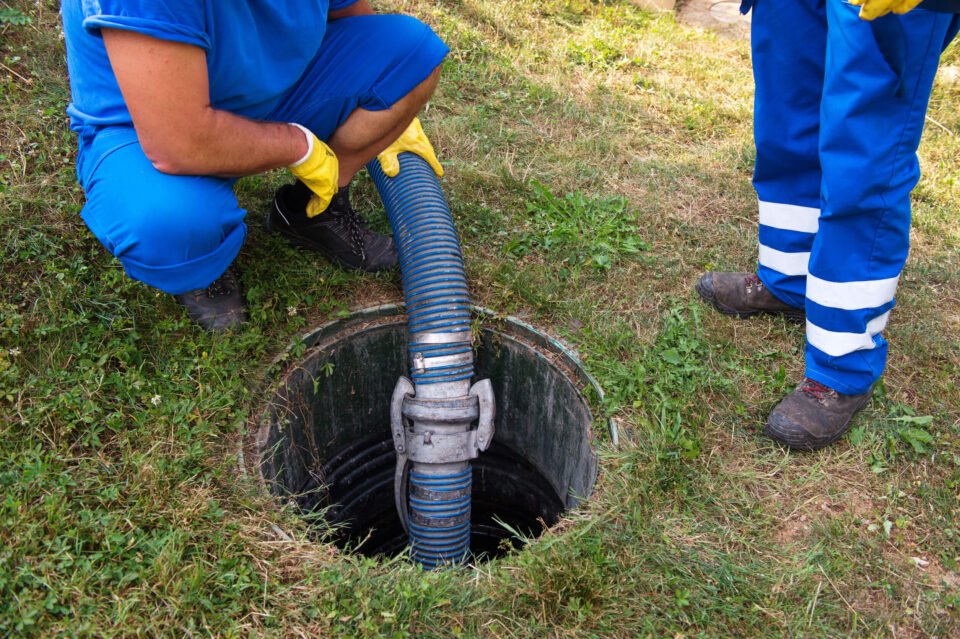In today’s world, the need for efficient, long-lasting drainage systems has never been more important. Whether you’re dealing with an aging infrastructure or a blockage in your drainage system, you might face costly repairs or replacements if not addressed correctly. This is where drain pipe lining comes into play. It is a groundbreaking solution that offers homeowners and businesses an effective way to repair and reinforce their drainage pipes without the hassle of traditional excavation.
This blog post will explore what drain pipe lining is, how it works, its benefits, and why it’s quickly becoming a popular choice for drain repairs.
What is Drain Pipe Lining?
Drain pipe lining is an advanced trenchless technology used to repair damaged or corroded drain pipes. Unlike traditional pipe repair methods, which require digging up and replacing sections of pipe, pipe lining involves inserting a new, durable liner inside the existing pipe, creating a seamless and reinforced inner wall. This process ensures that the drainage system can function efficiently without the need to disrupt the surrounding landscape, walls, or flooring.
It is particularly beneficial for pipes that have experienced blockages, cracks, or corrosion, as it provides a quick and cost-effective solution to prolong the life of your drainage system.
How Does Drain Pipe Lining Work?
The process of drain pipe lining follows a series of steps that are designed to minimize disruption and provide long-term results.
- Inspection: A camera is first inserted into the drain pipe to assess the extent of damage or blockage. This allows professionals to determine whether drain pipe lining is the best solution for the problem at hand.
- Cleaning: Once the assessment is complete, the pipe is cleaned using high-pressure water jetting or mechanical tools to remove any debris, buildup, or tree roots that may be causing blockages.
- Lining Installation: A resin-saturated liner is then inserted into the damaged pipe. This liner is usually made of a flexible material, such as felt or fiberglass, and is coated with epoxy resin.
- Curing: After the liner is in place, it is inflated using air or water pressure to ensure it fits snugly against the walls of the existing pipe. The resin is then left to cure, typically through a process called steam curing or UV curing. This hardens the liner and forms a durable new inner surface within the old pipe.
- Final Inspection: Once the resin has cured, the professionals will conduct a final camera inspection to ensure that the new pipe lining is properly installed and functioning as expected.
Benefits of Drain Pipe Lining
There are numerous benefits to choosing drain pipe lining over traditional repair methods. Below are some of the most significant advantages:
- Cost-Effective: Since drain pipe lining is a trenchless technology, it eliminates the need for extensive digging and landscaping repairs. This significantly reduces the overall cost of the repair.
- Time-Saving: Traditional pipe repair methods can take days or even weeks to complete due to the excavation process. Drain pipe lining, on the other hand, can often be completed in a matter of hours or a couple of days, depending on the length and condition of the pipe.
- Minimal Disruption: One of the major advantages of drain pipe lining is that it causes minimal disruption to your property. There is no need to dig up driveways, gardens, or floors, making it a highly convenient option for homeowners and businesses alike.
- Durability: The materials used in the pipe lining process, such as epoxy resin, are incredibly durable and can last for up to 50 years. This makes it a long-term solution for drainage issues, providing peace of mind that your pipes will remain in good condition for decades.
- Improved Flow Capacity: The smooth, seamless inner surface created by the pipe lining process improves the flow capacity of the drain pipe. This can help prevent future blockages and ensure that water and waste flow freely through the system.
- Environmentally Friendly: Because it eliminates the need for excavation, drain pipe lining is a more environmentally friendly solution. It reduces waste, minimizes damage to the surrounding area, and requires fewer materials to complete the repair.
Common Applications for Drain Pipe Lining
Drain pipe lining is a versatile solution that can be used in a wide range of applications. Some of the most common situations where it is utilized include:
- Residential Drains: For homeowners experiencing recurring drain blockages, cracks, or leaks, drain pipe lining is an ideal solution. It can restore functionality to your drains without the need for costly and disruptive excavations.
- Commercial Properties: Businesses, particularly those with large drainage systems, can benefit from the speed and cost-effectiveness of drain pipe lining. It ensures that the business can continue operating without extensive downtime due to repairs.
- Municipal Drainage Systems: Local governments and municipalities often face challenges with aging drainage infrastructure. Drain pipe lining offers a solution that can be implemented on a large scale to restore and reinforce old pipes without the need for disruptive roadwork.
- Sewer Systems: Sewer pipes are especially prone to damage due to their constant exposure to corrosive waste. Drain pipe lining is a preferred method for repairing sewer systems because it prevents leaks and ensures the smooth flow of waste.
Conclusion
Drain pipe lining is revolutionizing the way drainage systems are repaired and maintained. With its cost-effectiveness, minimal disruption, and long-lasting durability, it’s no wonder that this trenchless technology is rapidly gaining popularity among homeowners, businesses, and municipalities alike.


